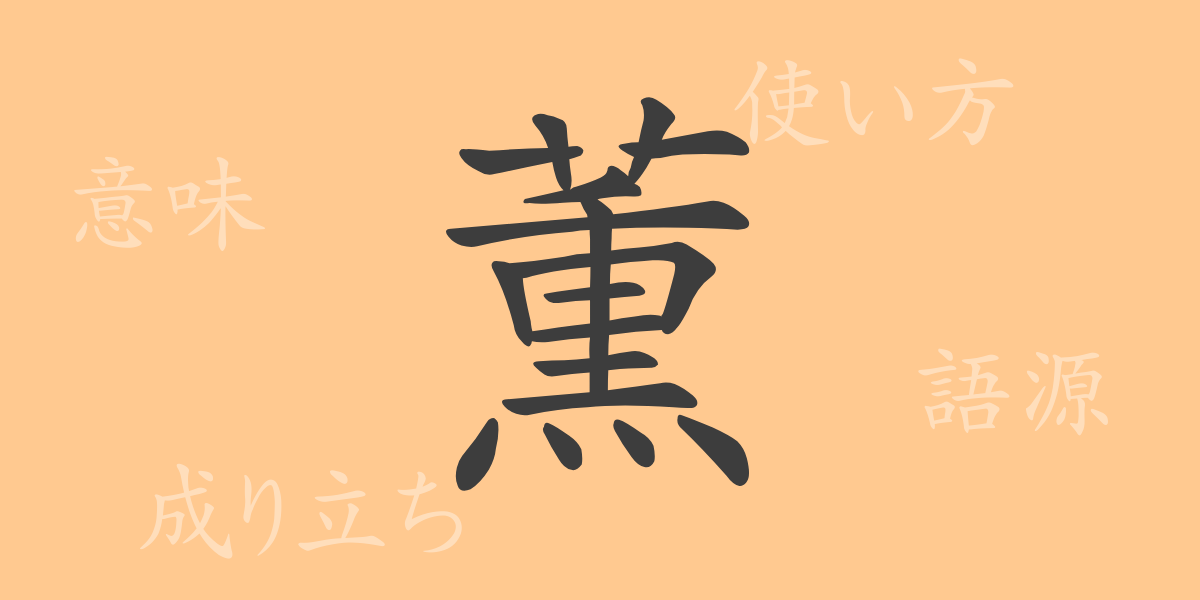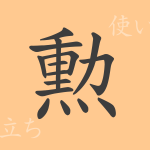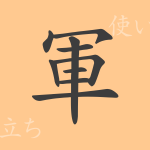The kanji characters deeply embedded in Japanese culture each carry rich meanings and histories. This time, we spotlight “薫(くん),” a commonly used kanji in Japan, delving into its allure. With its fragrant image, how did “薫(くん)” originate, what does it mean, and how is it used? From its readings and stroke count to its radical, idioms, and proverbs, we uncover all aspects of “薫(くん).”
Origin of 薫(くん) (Etymology)
The kanji “薫(くん)” has its origins in ancient China. Comprising the grass radical “艹(くさかんむり)” and “𧴪,” which depicts fire surrounded by “冂,” it evokes the image of fragrant smoke rising from burning plants. This pictograph signifies the scent released when vegetation burns, hence its meaning “fragrance” or “aromatic.”
Meanings and Uses of 薫(くん)
“薫(くん)” primarily means “fragrant” or “aromatic,” but it also conveys abstract meanings like “exuding personality or talent.” It is often used in positive expressions, such as “薫る(かおる),” “薫風(くんぷう),” and “薫陶(くんとう),” denoting fragrant, pleasant impressions.
Readings, Stroke Count, and Radical of 薫(くん)
“薫(くん)” has a variety of readings and uses in Japanese.
- Readings: On’yomi (Chinese reading) – “クン(くん),” Kun’yomi (Japanese reading) – “かおる(kaoru),” “かおり(kaori).”
- Stroke count: “薫(くん)” consists of 16 strokes.
- Radical: The radical is “艹(くさかんむり),” indicating its relation to grass or plants.
Idioms, Expressions, and Proverbs Using 薫(くん)
Expressions incorporating “薫(くん)” often leverage its fragrant image. For example:
- 薫陶(くんとう): Receiving positive influence.
- 薫風(くんぷう): A pleasant spring breeze.
- 薫る春(かおるはる): Describing the beauty of the spring season.
Conclusion on 薫(くん)
The kanji “薫(くん)” holds a unique place in Japanese language with its beautiful form and fragrant connotations. It symbolizes not only aroma but also the refinement and talents that emanate from within a person. This character embodies the depth and cultural significance of Japanese expressions. Understanding the meanings imbued in each character enriches our appreciation of the Japanese language’s richness. Through this article, we hope you rediscover the beauty embedded in each kanji character.

























